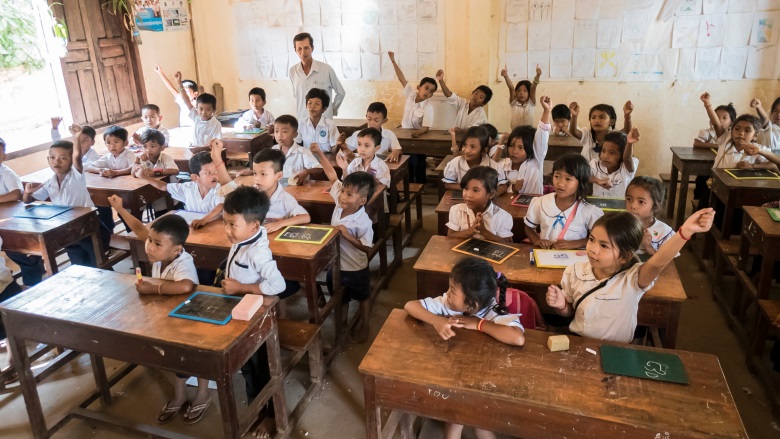Over the last decade, the world has seen increasingly bitter political debates around growing levels of inequality. According to a growing body of research, effectively addressing this trend requires a more rigorous toolkit to measure the varieties of inequality societies face and the different consequences these types of inequality may have.
“When an inventor creates a blockbuster technology that benefits everyone, she rightly reaps the rewards,” said Asli Demirguc-Kunt, former Director of Research at the World Bank. “But not all inequality is the result of hard work or ingenuity. While we’ve known about inequality of opportunity for a long time, we’re only now reaching the point where we can rigorously measure it.”
At a recent Policy Research Talk, World Bank Senior Advisor Francisco Ferreira delivered a wide-ranging overview of the theory and empirical evidence on inequality of opportunity, taking his audience on a journey starting with the philosophical foundations laid down by John Rawls and Amartya Sen and ending at the cutting-edge of machine learning.
As Ferreira explained, inequality of opportunity is not a new concept. In 1937—during another period of great political upheaval—American President Franklin D. Roosevelt argued in his second inaugural address for the need to create the conditions for equality of opportunity.
To translate this aspiration into something concrete, economists have typically followed two principles. First, the principle of compensation holds that individuals should be compensated for circumstances outside their control. Second, the principle of reward seeks to preserve differential rewards that are the result of individual responsibility and effort.
To separate out inequalities that result from circumstance versus effort, economists have had to gather much more data than is needed to simply measure inequality of outcomes. In one early example of this type of research, Ferreira and a colleague gathered data on ethnicity, father’s occupation, parents’ education, and birth region in six Latin American countries. The researchers were able to tease out the minimum contribution that circumstances make to consumption inequality and found that this figure ranges from 25 percent in Colombia to 51 percent in Guatemala.
Zooming out to a broader view, Ferreira also compiled the work of multiple researchers to compare the extent of inequality of opportunity across 51 different countries around the world. This broader view produced a larger range of estimates of the minimum contribution of circumstances to income inequality, ranging from 3 percent in Norway to 40 percent in Mali.



